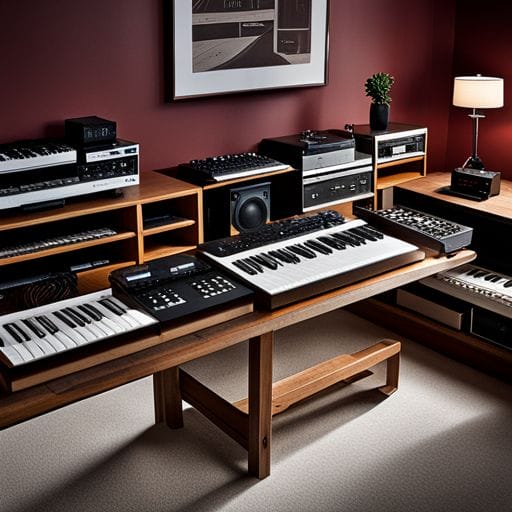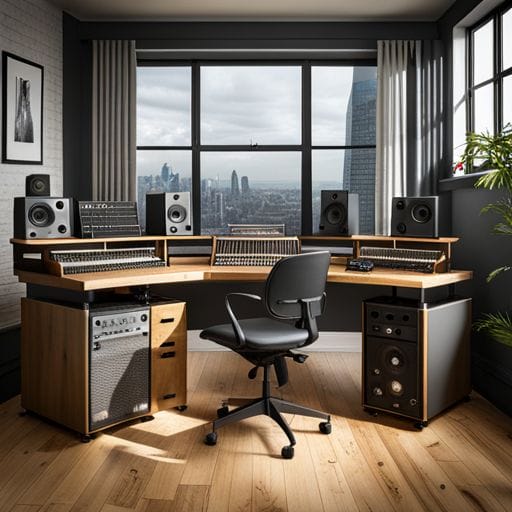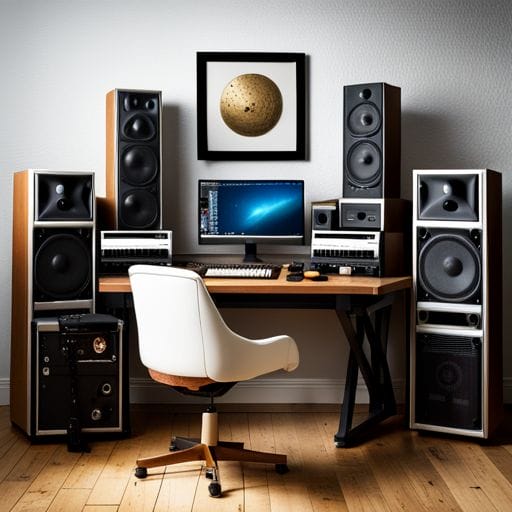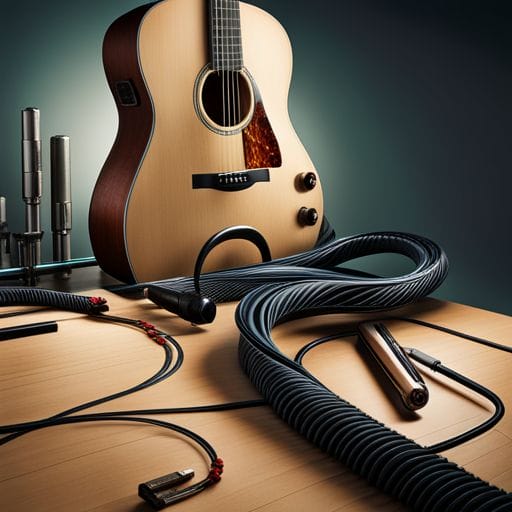5 of the Best Hardware Synthesizers Under $500

What should my first analog synth be?
The best synthesizers for beginners are the Korg Minilogue, Hydrasynth Explorer, Arturia Microfreak/Minifreak, Novation Bass Station II, Korg Monologue, Cre8audio East Beast/West Pest, Moog Mavis, Arturia Minibrute 2, Korg Volca Series, and Roland Aira Compact Series.
When considering the transition from software plugins to hardware synthesizers, price can often be a huge factor. So here’s a rundown on the best hardware synthesizers you can snag for less than $500.
Korg Minilogue XD
The Korg Minilogue XD consistently appears at the top of budget synthesizers, and there’s a good reason for it. This polyphonic analog synthesizer delivers an effective synthesis engine with high versatility. Its capability to create anything from lush pads, snappy basses to sparkling leads makes it an ideal choice for a variety of sonic applications.[[1]]
Behringer MS-1
The Behringer MS-1 is dubbed as a ‘monophonic beast’. It is a remake of a popular vintage synthesizer with the addition of some modern features. It delivers a raw and powerful monophonic sound capable of delivering captivating leads and rumbling basses.[[3]]





